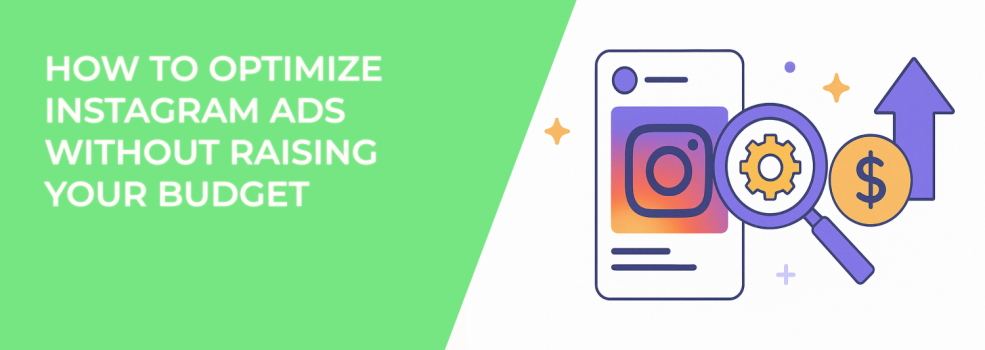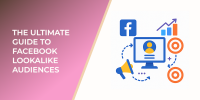Instagram ads can be effective, but getting the most out of them on a limited budget? That takes strategy, not guesswork. Here's how marketers and media buyers can fine-tune performance and lower costs without spending more.
1. Target Behaviors, Not Just Interests
Most advertisers stop at interest targeting. It’s easy, but it's also surface-level. Instead, focus on behaviors that show intent.
Try this:
-
Retarget users who viewed a product but didn’t purchase.
-
Build audiences from Instagram video viewers who watched 50% or more.
-
Layer in device use and connection speed to exclude low-quality traffic.
Less-obvious tactic: Create an audience from people who saved your posts. This group often shows higher purchase intent than those who simply liked them.
Curious why your ad set might not deliver at all? Read Why You See 'Ad Set May Get Zero' on Facebook and How to Fix It for targeting troubleshooting.
2. Split Creatives by Funnel Stage
Running one ad to cold, warm, and hot audiences alike? That’s a fast track to high costs and poor relevance scores.
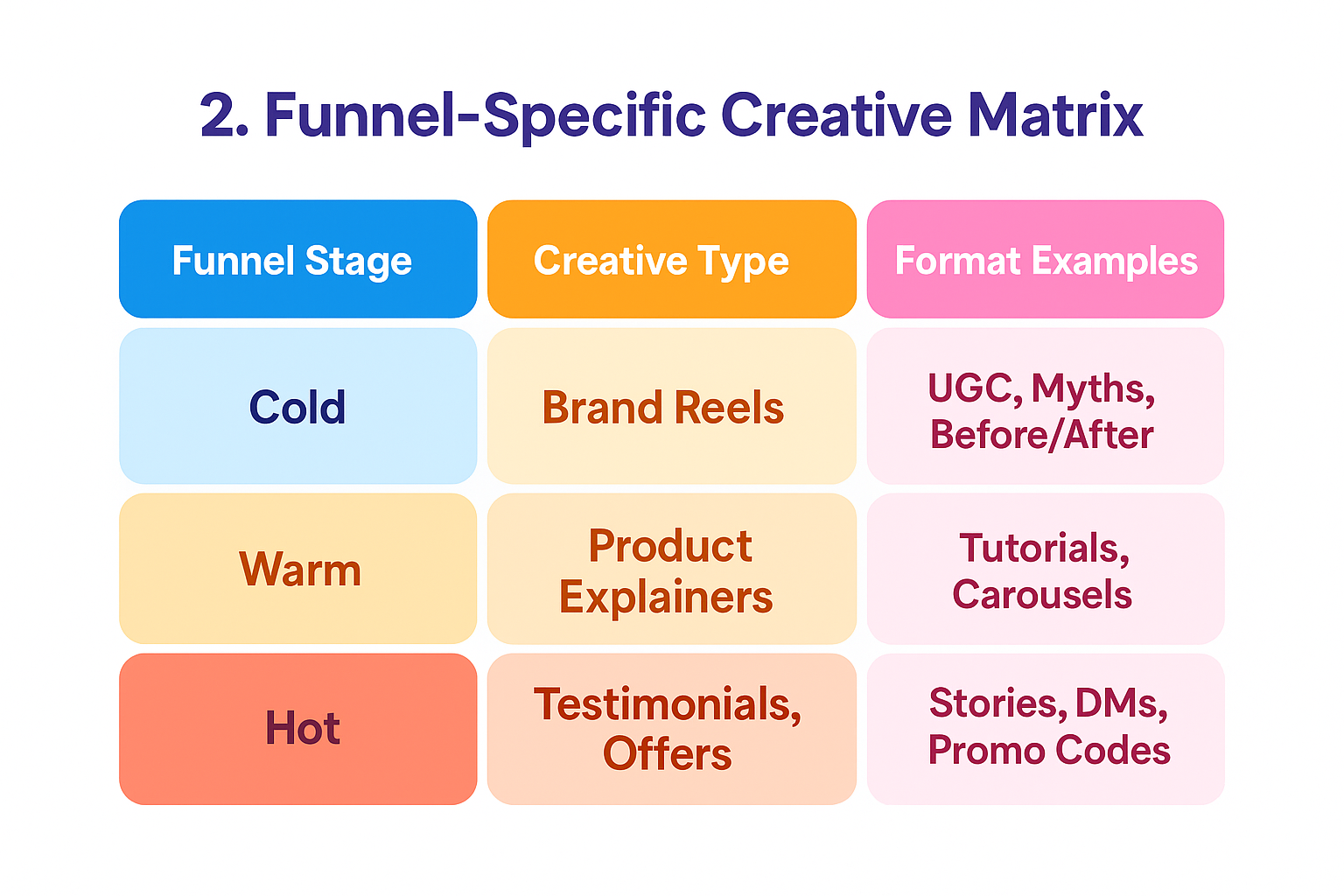
What to do instead:
-
Use educational Reels to introduce your brand to new users.
-
Create mid-funnel Stories that explain your product’s top 3 benefits.
-
Retarget warm leads with customer reviews, unboxings, or “Why I bought this” content.
Use case: A skincare brand ran Reels focused on ingredient myths for cold traffic, followed by how-to carousels for warm users, then testimonial videos for cart abandoners. Their CPA dropped 34% in two weeks.
Get inspired by formats in How to Use Instagram Reels in Your Marketing Strategy.
3. Use Visual Rotation Rules (Even Without New Content)
Ad fatigue doesn’t mean you need new photos every week. It means you need smarter presentation.
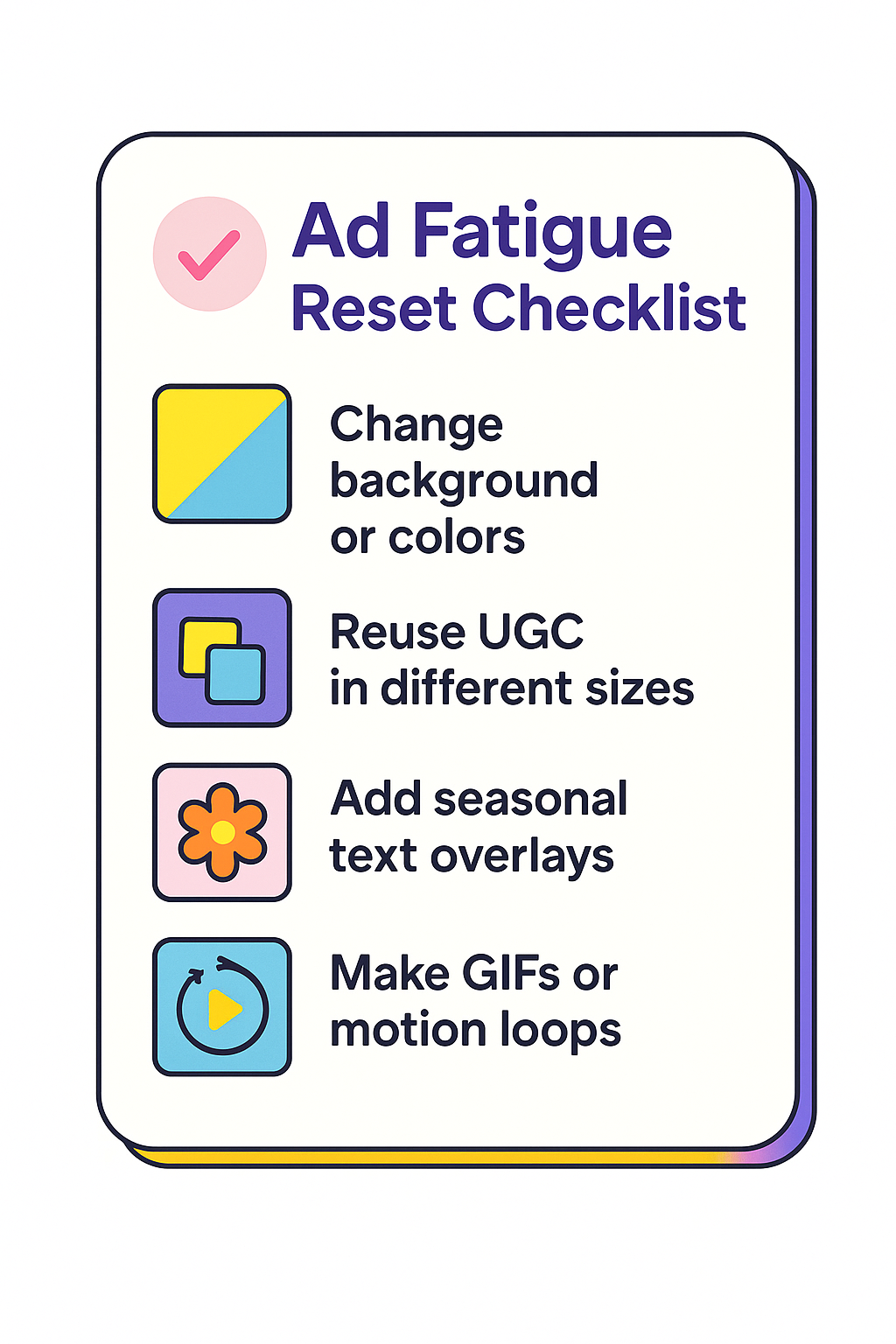
Rotate creatives using simple tweaks:
-
Add seasonal overlays to old images.
-
Use AI tools to generate alternate backgrounds or lighting. Check out The Best AI Text and Image Generators in 2024.
-
Create boomerangs from stills or looped slow-mo clips from video content.
Bonus tip: If your product has packaging, use mockups in different settings — bathroom counter, purse, travel bag — to increase contextual relatability.
4. Rewrite Copy Based on Comment Sentiment
Don’t just test ad copy. Rewrite it based on what people are actually saying.
Example: If commenters say, “Wish this came in a bigger size,” try copy like: “Yes, it’s roomy. Yes, it sells out fast.”
Practical idea: Use poll responses or emoji reactions in your messaging. If people consistently tap ❤️ over 😂, your tone should reflect that preference.
This kind of copy shows you're listening and builds instant credibility.
5. Use Campaign Objectives Strategically
Choosing the wrong objective is one of the top reasons budget gets wasted.
Example: If you use the "Traffic" objective, Instagram will optimize for clicks, not conversions. That often leads to low-intent site visitors who bounce.
What to do instead:
-
Use the "Sales" objective when you want purchases—not just clicks.
-
For low-budget campaigns, test "Engagement" to build warm pools you can retarget.
To learn how objectives impact results, see Meta Ad Campaign Objectives Explained.6. Monitor Cost Per Story Tap or Reel Play, Not Just CPC
Cost-per-click (CPC) doesn’t always reflect real engagement on Instagram.
Better metrics to track:
-
Cost per 3-second Reel play.
-
Cost per Story tap forward.
-
Time spent on ad.
Why it matters: These micro-signals show ad quality. If users keep watching or tapping, Meta sees your content as high-value and gives you cheaper impressions.
Use case: A fitness brand used Reel play metrics to identify their top-performing ad format: fast-cut transformations with no voiceover. They dropped CPC by 42% after switching formats.
7. Embrace High-Frequency Creatives (But With a Twist)
Yes, frequency can kill performance—but only if you repeat the exact same ad.
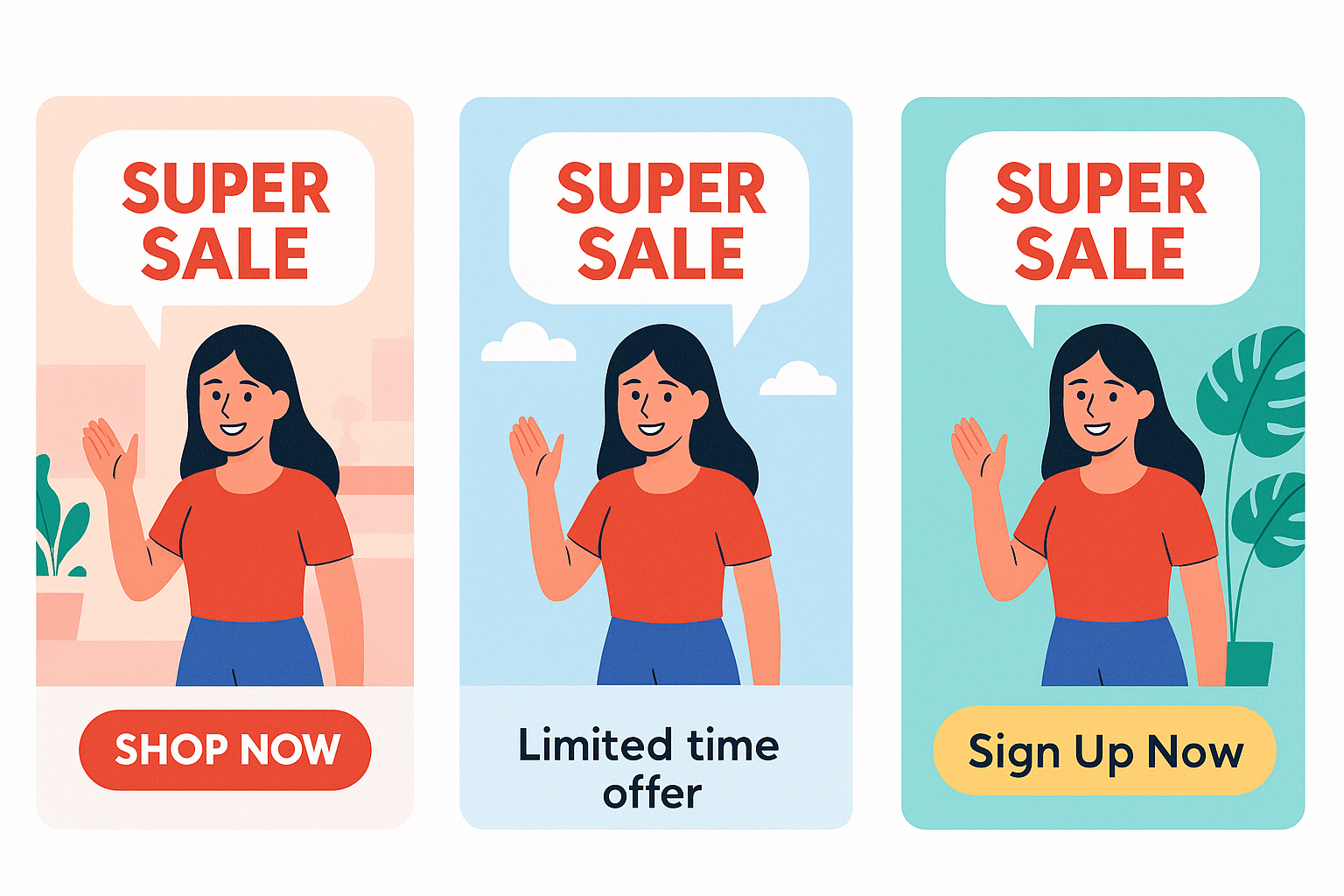
Better approach:
-
Let frequency rise intentionally with warm audiences.
-
Change elements in each version: headline, CTA, color scheme, or even music.
Example: A DTC coffee brand cycled three ad creatives to the same audience. Each had the same message but showed a different setting—home, office, travel. Their ROAS increased steadily over six weeks.
8. Match Ad Format to Action
Not all formats are created equal. Think of each like a tool, not a container.
Use formats based on intent:
-
Carousel for step-by-step tutorials or bundled offers.
-
Reels for UGC-style discovery, especially under 15 seconds.
-
Stories for urgency, promo codes, and countdowns.
Try this: Add a quiz sticker in Stories to highlight product differences. This boosts engagement and helps you understand what users care about.
Need help pairing your content to placements? Read How to Use Instagram Ads for Small Business Growth in 2025.
Final Thoughts
Optimizing Instagram ads doesn’t require more money. It requires more intentionality.
From creative testing and sentiment-driven copy to funnel-specific formats and smarter objectives, every small shift adds up.
What separates average advertisers from high-performing ones? They don’t just launch campaigns — they listen, adjust, and experiment relentlessly.
